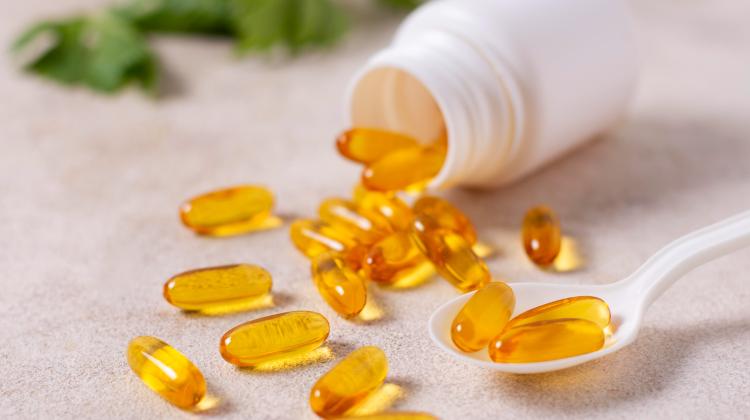Historical background
Coffee, like tea, has been used for 3000 years now, whereas cocoa beans have an even longer history that goes back another five centuries. Coffee comes from the regions of the modern day Ethiopia but it was first grown by the Arabs of Yemen in the 10th century. It was quickly embraced by these cultures. The fact that Islam prohibits alcohol consumption by Muslims but does not prohibit coffee brew as a stimulating and mood-enhancing beverage cannot be trivialized.
Coffee reached Europe during the Ottoman empire expansion. When withdrawing, the Turks left behind their coffee stock, which was then used by our compatriot, Franciszek Kulczycki, to set up the first coffee shop in Vienna at the end of the 17th century.
Effects on your health
We mainly drink coffee to stimulate our body both physically and mentally. This effect is possible thanks to caffeine. It reaches your brain where it interacts with adenosine by preventing it from binding with its receptors. The adenosine - receptor complex induces the feeling of tiredness and sleepiness and thus, caffeine, by inhibiting the binding, acts antagonistically and stimulates alertness and improves overall body efficiency.
Caffeine content in a cup of coffee depends on a number of factors including coffee grade, coffee bean variety, and brewing method. Arabica, which contains almost twice less caffeine than Robusta, is the most favoured kind; the latter is appreciated less since its aroma is not as strong nor is its taste as rich.
However, it is the savouring of you brew that counts and that is why a true enthusiast of the "black gold" would rather opt for a full-flavoured cup of Arabica, and, if need be, grab another one to keep up the good feeling. A typical espresso will have the least caffeine - about 60 mg, similar to a cup of instant coffee, whereas a traditional cup of coffee from a coffee maker will have 100-150 mg.
Coffee is a source of antioxidants: caffeic acid and its esters which are considered hydroxycinnamic acids. Their average content in a cup of coffee is 150 mg.
In the diet of typical coffee users who drink 4-5 cups of coffee a day they are a very important, frequently, the largest supply of antioxidants. Hydroxycinnamic acids have a range of health-promoting properties which include oxidative stress reduction, counteracting diabetes and obesity, neurodegenerative diseases, atherosclerosis, fatty liver, and inflammation diseases.
To roast or not to roast
Consumers have coffee of varied aroma, caffeine content as well as antioxidant level to choose from. The content of hydroxycinnamic acids in coffee beans prior to roasting is even five times higher than after the roasting process, even though the content of caffeine remains similar.
In recent years, the fad to drink unroasted green coffee has been embraced by the general trend to consume unprocessed foods including green tea. One cup of green coffee contains even as much as 700 mg of antioxidants. At the Institute of Food Technology and Analysis of Lodz University of Technology, research has been conducted that confirms higher potential of green coffee beans compared to roast beans for the prevention of Alzheimer disease, type 2 diabetes and obesity, and also counteracting cirrhosis and fatty liver.





